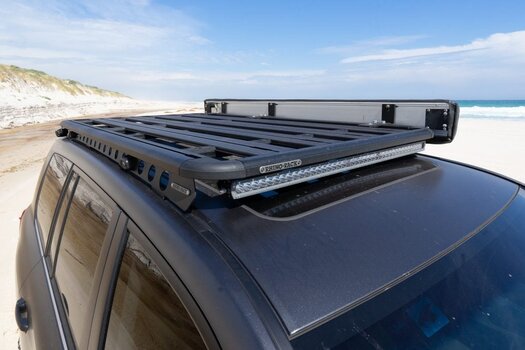@AWo Here's a link to their homepage: https://strandseurope.com/categories/automotive-lighting/
My plan is on a roof rail left and right either each a 8" Siberian DR https://strandseurope.com/product/siberia-dr-led-bar-8/ or if they won't fit the rail two 12" Siberia SR https://strandseurope.com/product/siberia-sr-led-bar-12/
Those directly connected to the standard high beam switch as additional high beams.
Between those narrow LEDs maybe a 22" or a 30" Siberia SR https://strandseurope.com/product/siberia-sr-led-bar-22/ as a worklight connected to the EXT2 on the OH panel.
And lastly - if possible - a 22" Siberia Outlaw https://strandseurope.com/product/siberia-sr-led-bar-22/ in the upper part of the front grill connected to the EXT5 on the OH panel.
The LUX diagramms should be on the links...
My plan is on a roof rail left and right either each a 8" Siberian DR https://strandseurope.com/product/siberia-dr-led-bar-8/ or if they won't fit the rail two 12" Siberia SR https://strandseurope.com/product/siberia-sr-led-bar-12/
Those directly connected to the standard high beam switch as additional high beams.
Between those narrow LEDs maybe a 22" or a 30" Siberia SR https://strandseurope.com/product/siberia-sr-led-bar-22/ as a worklight connected to the EXT2 on the OH panel.
And lastly - if possible - a 22" Siberia Outlaw https://strandseurope.com/product/siberia-sr-led-bar-22/ in the upper part of the front grill connected to the EXT5 on the OH panel.
The LUX diagramms should be on the links...





